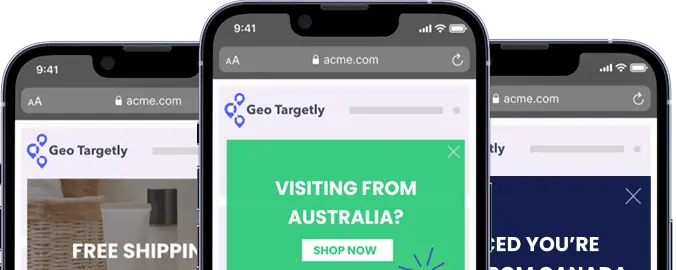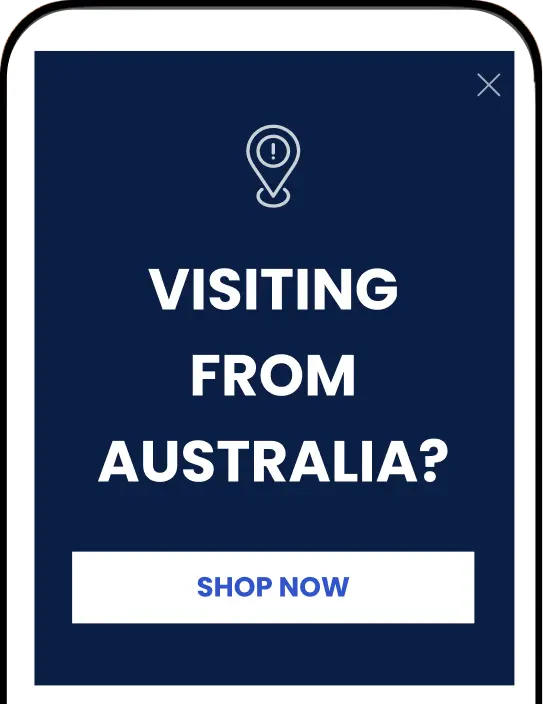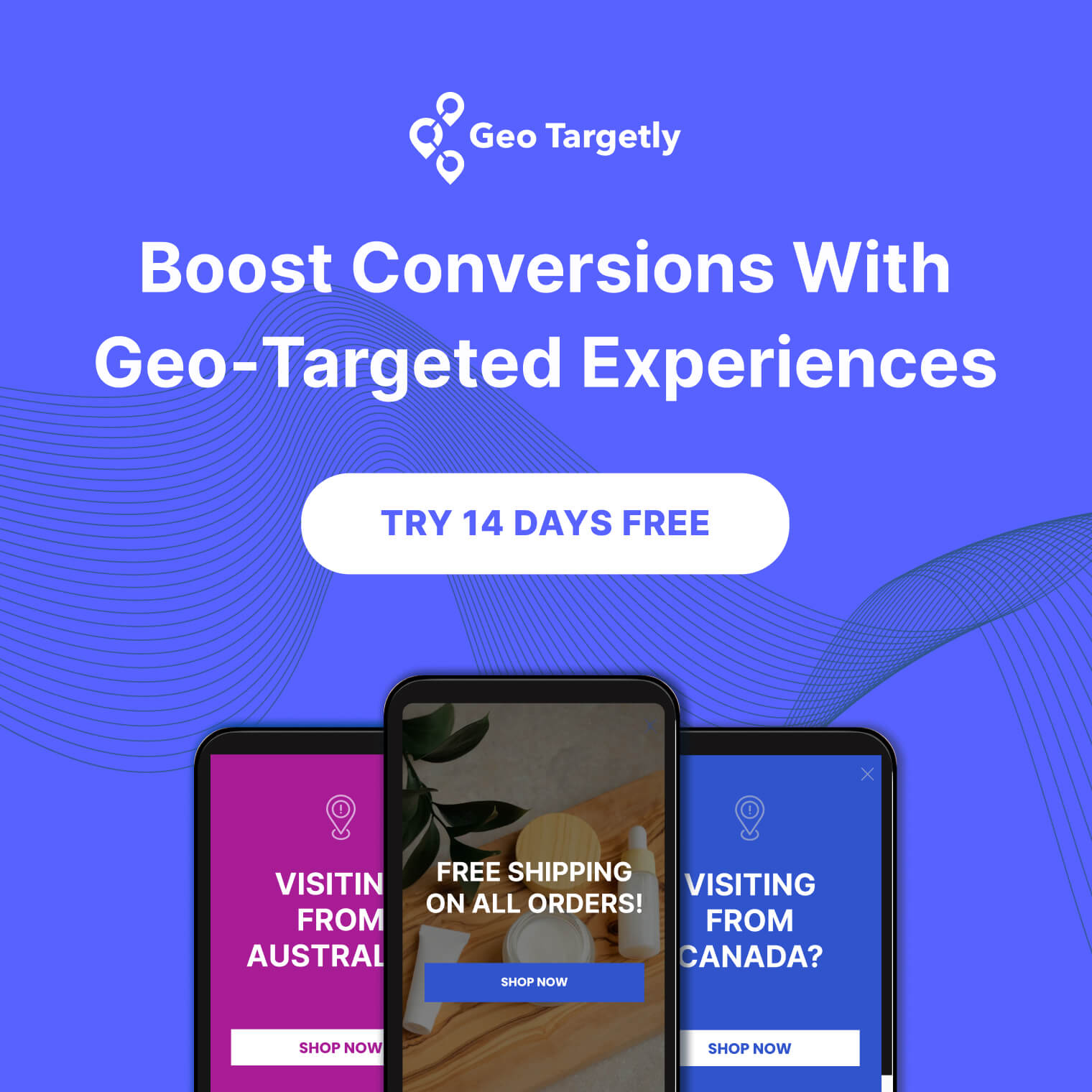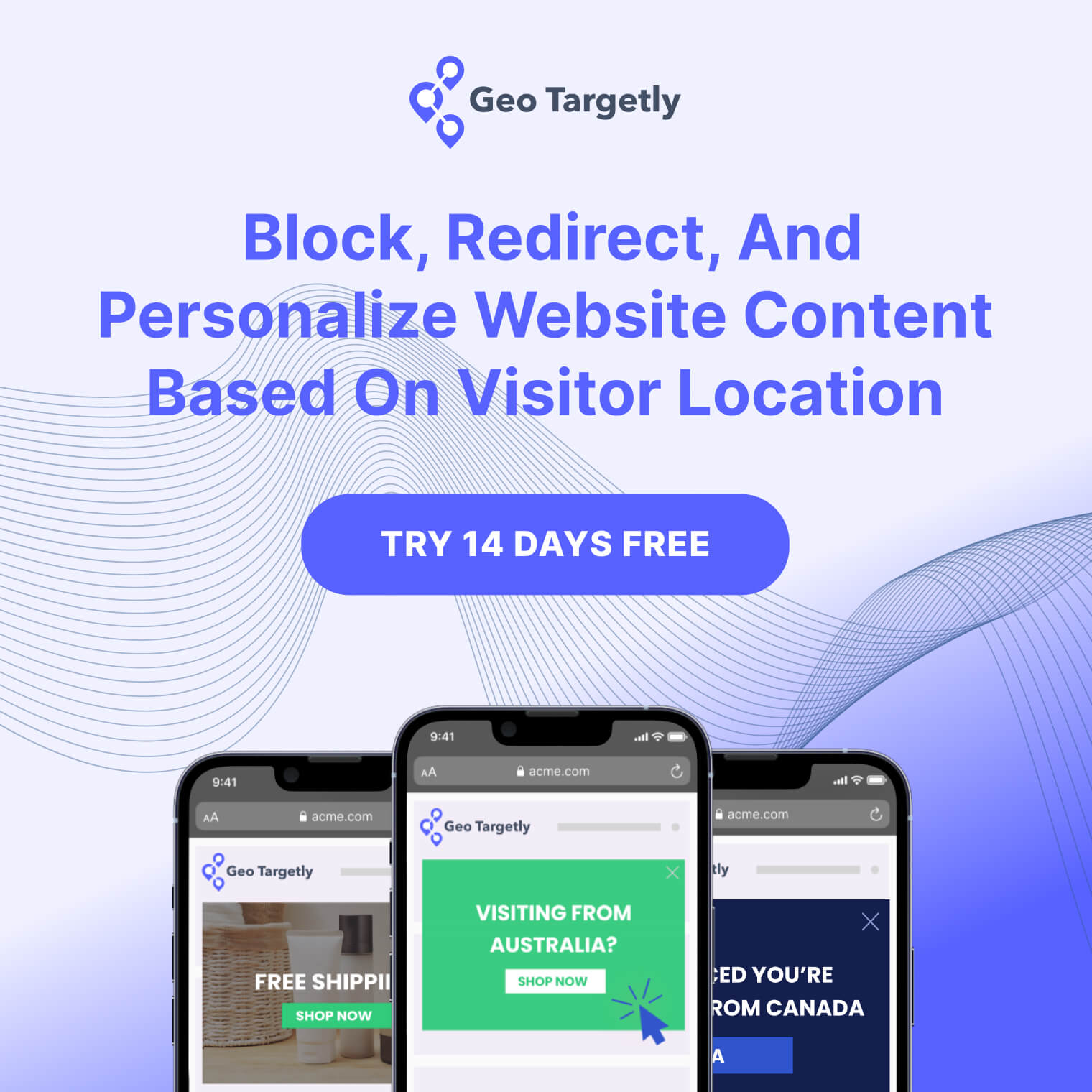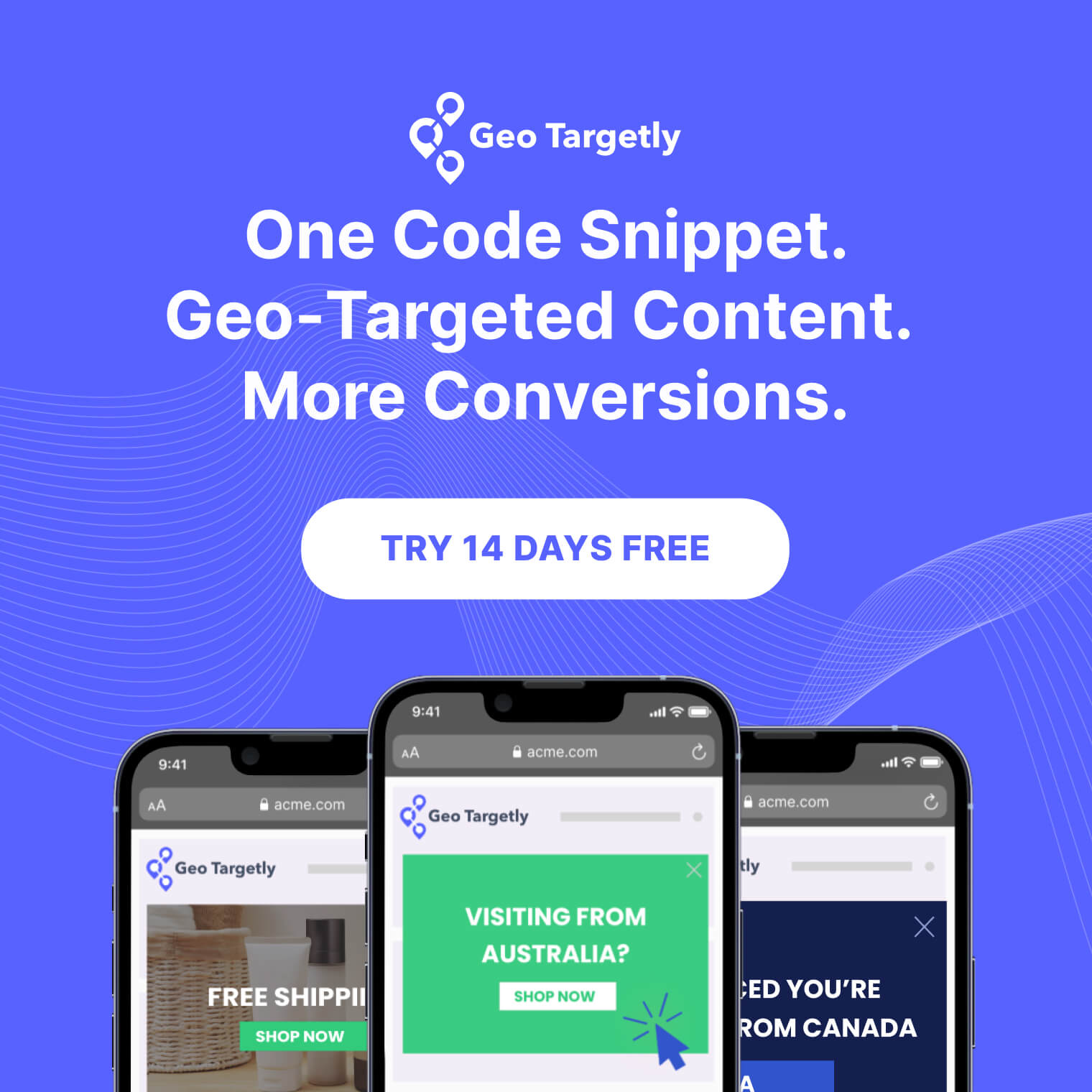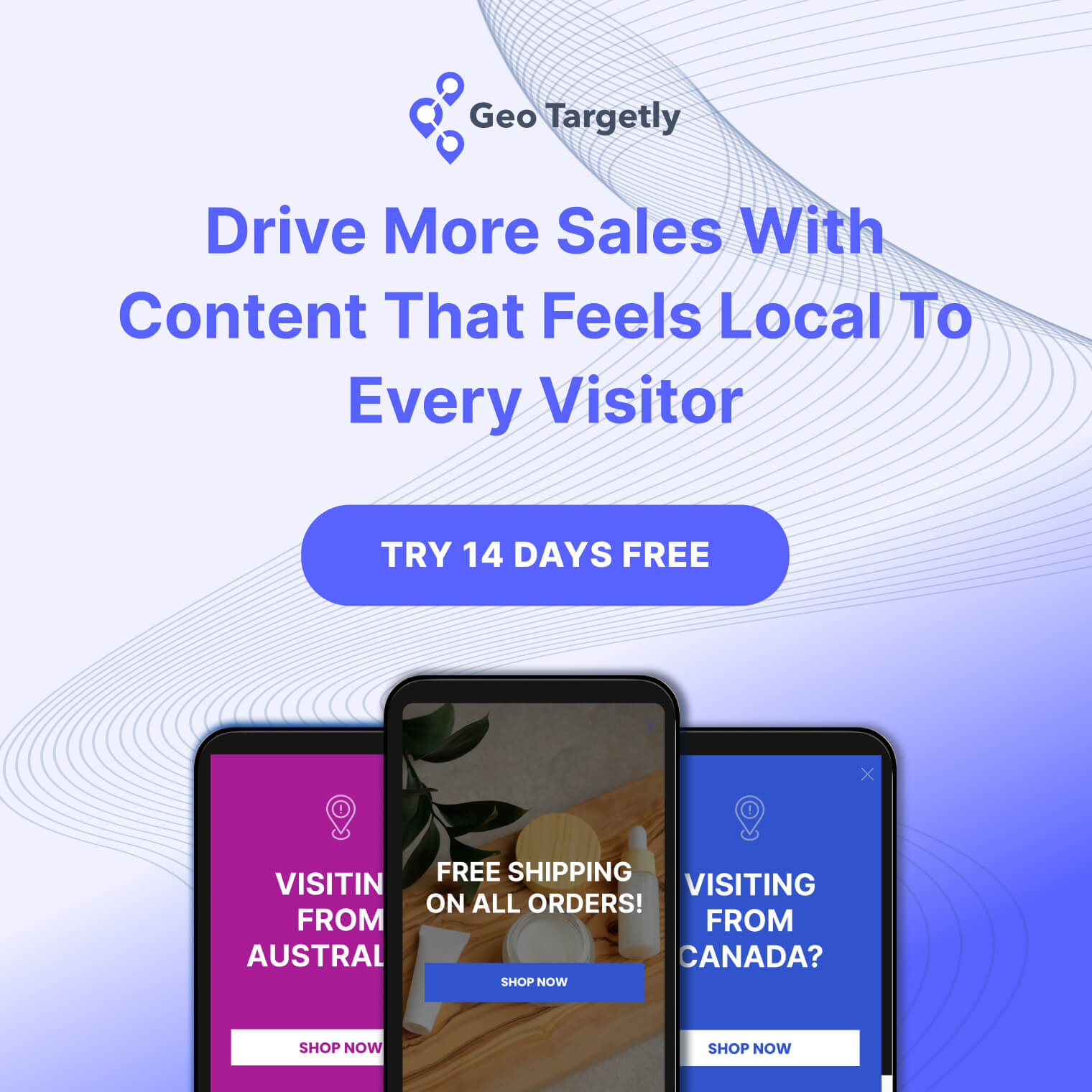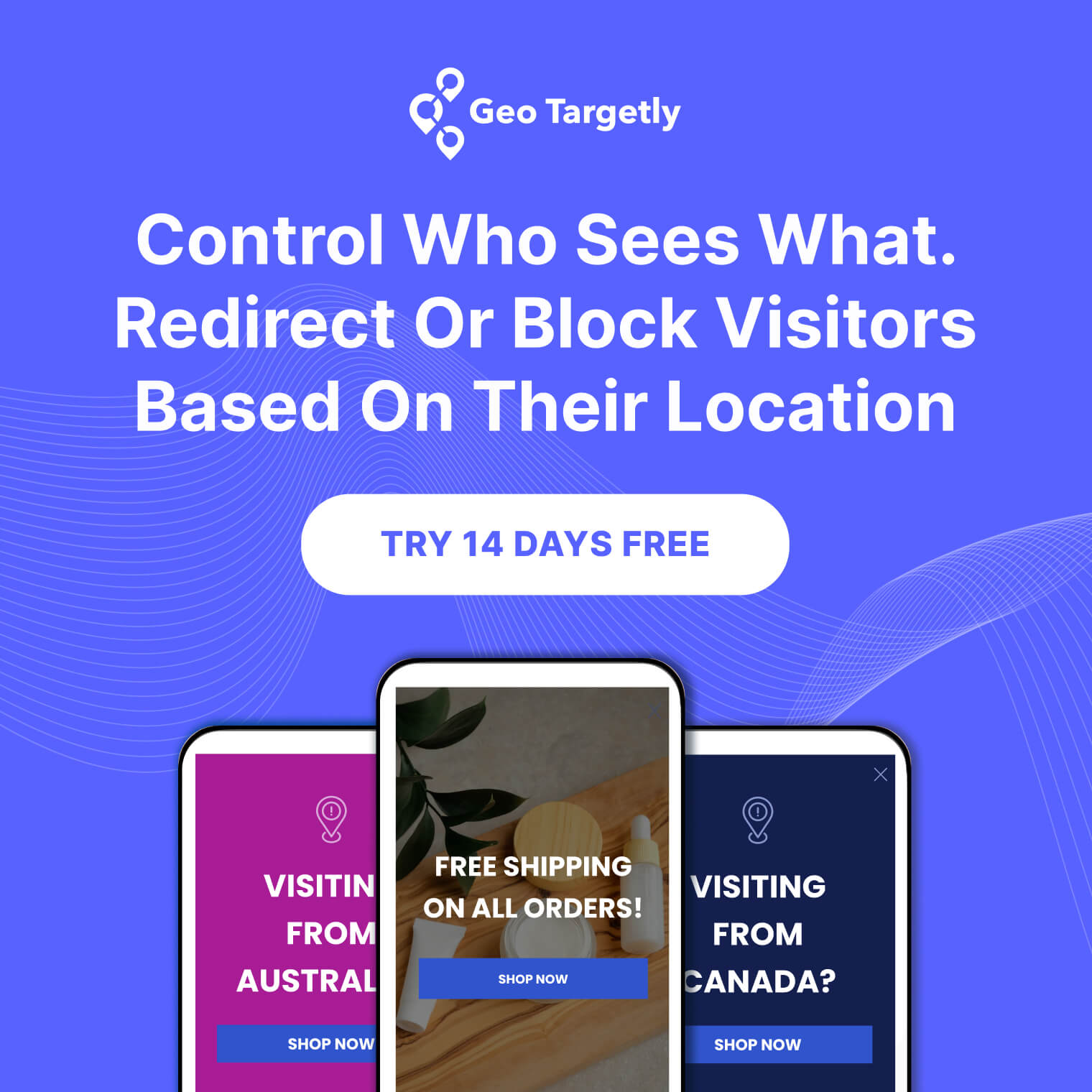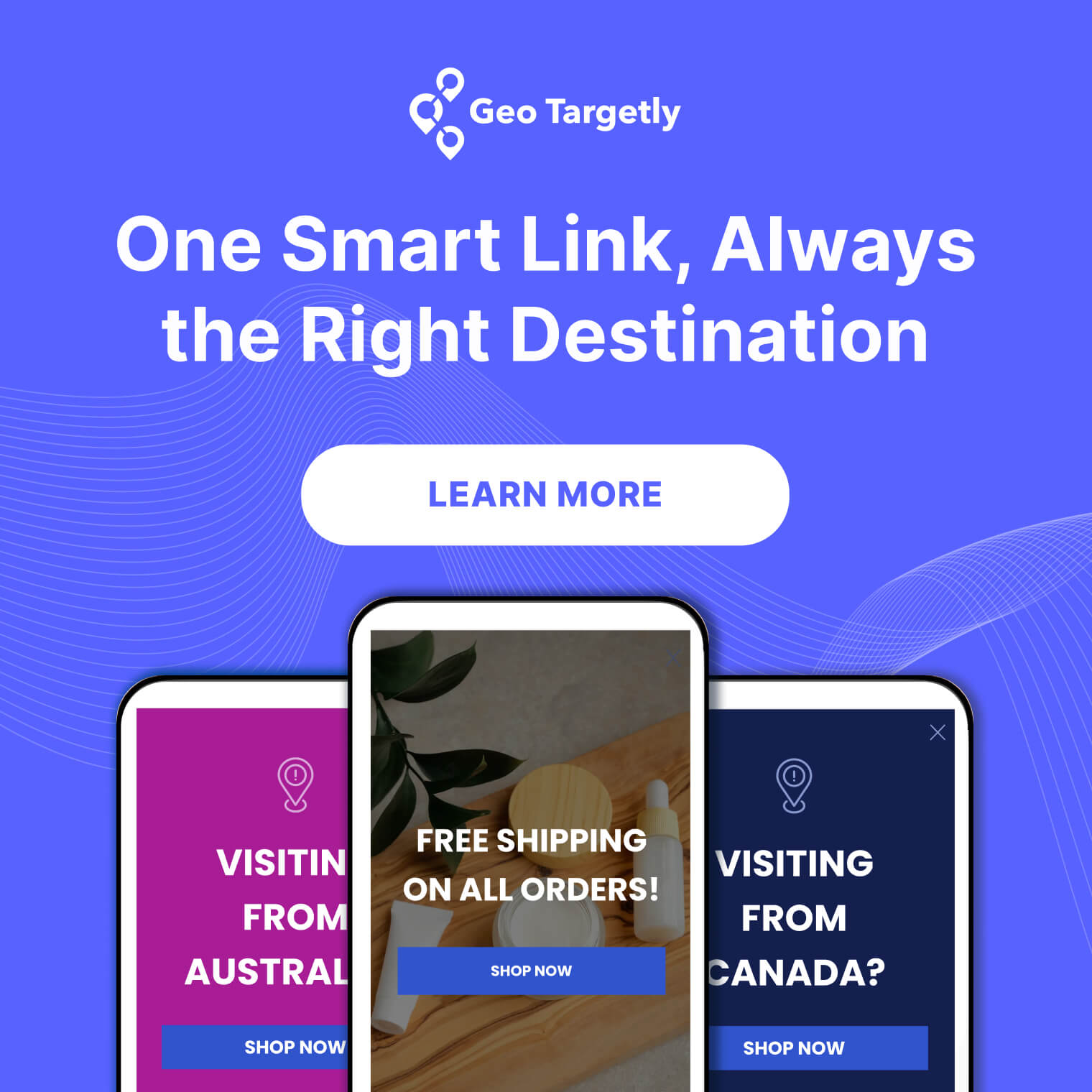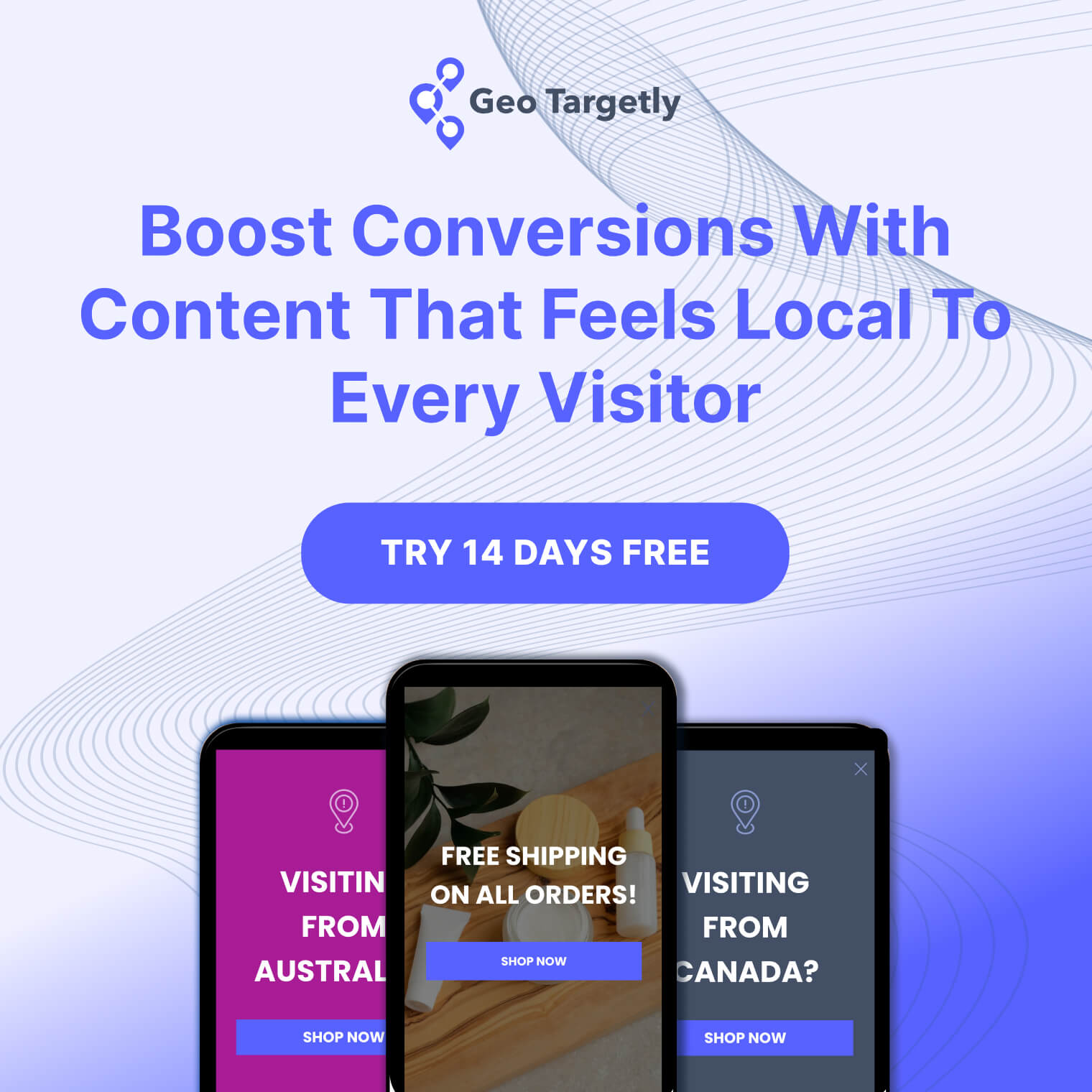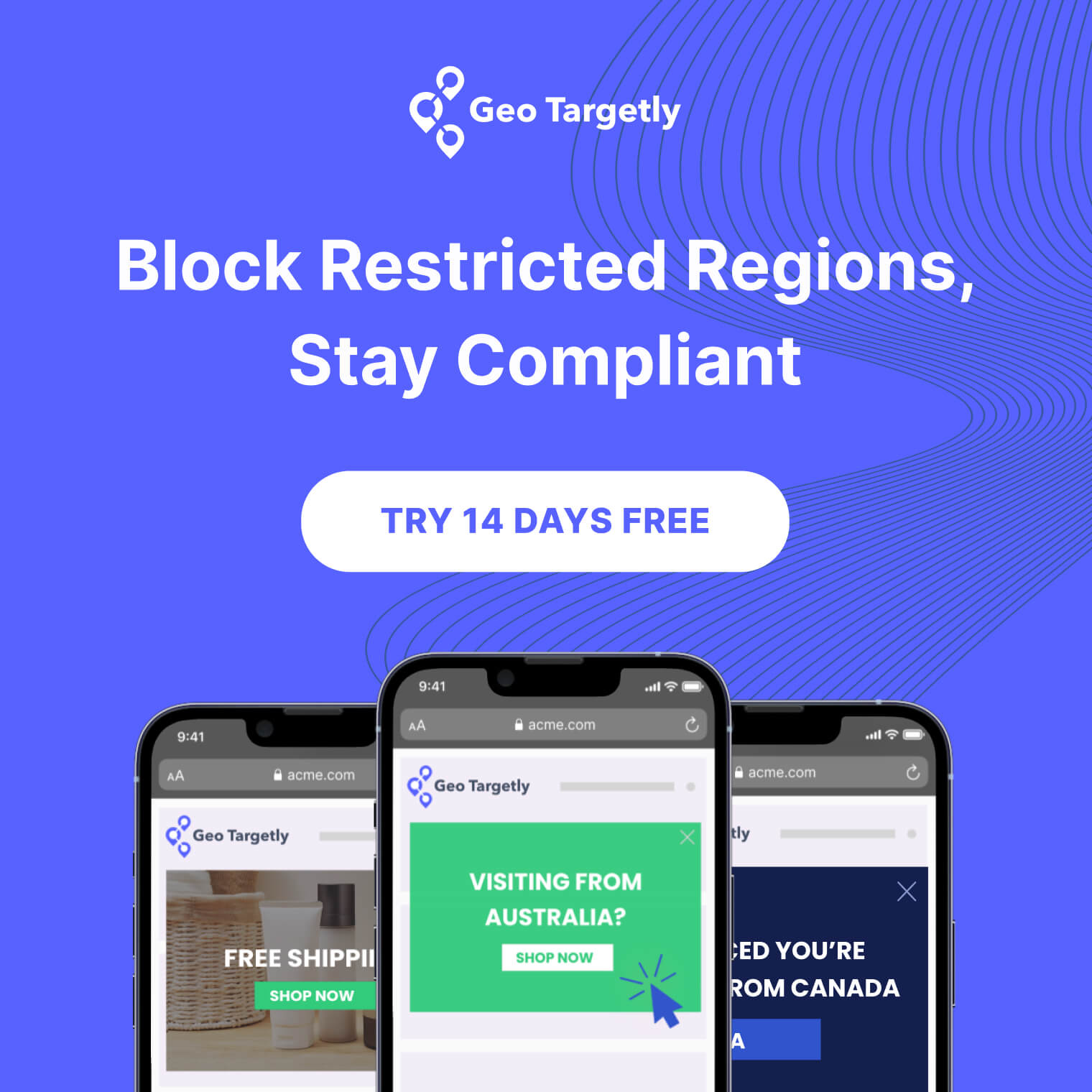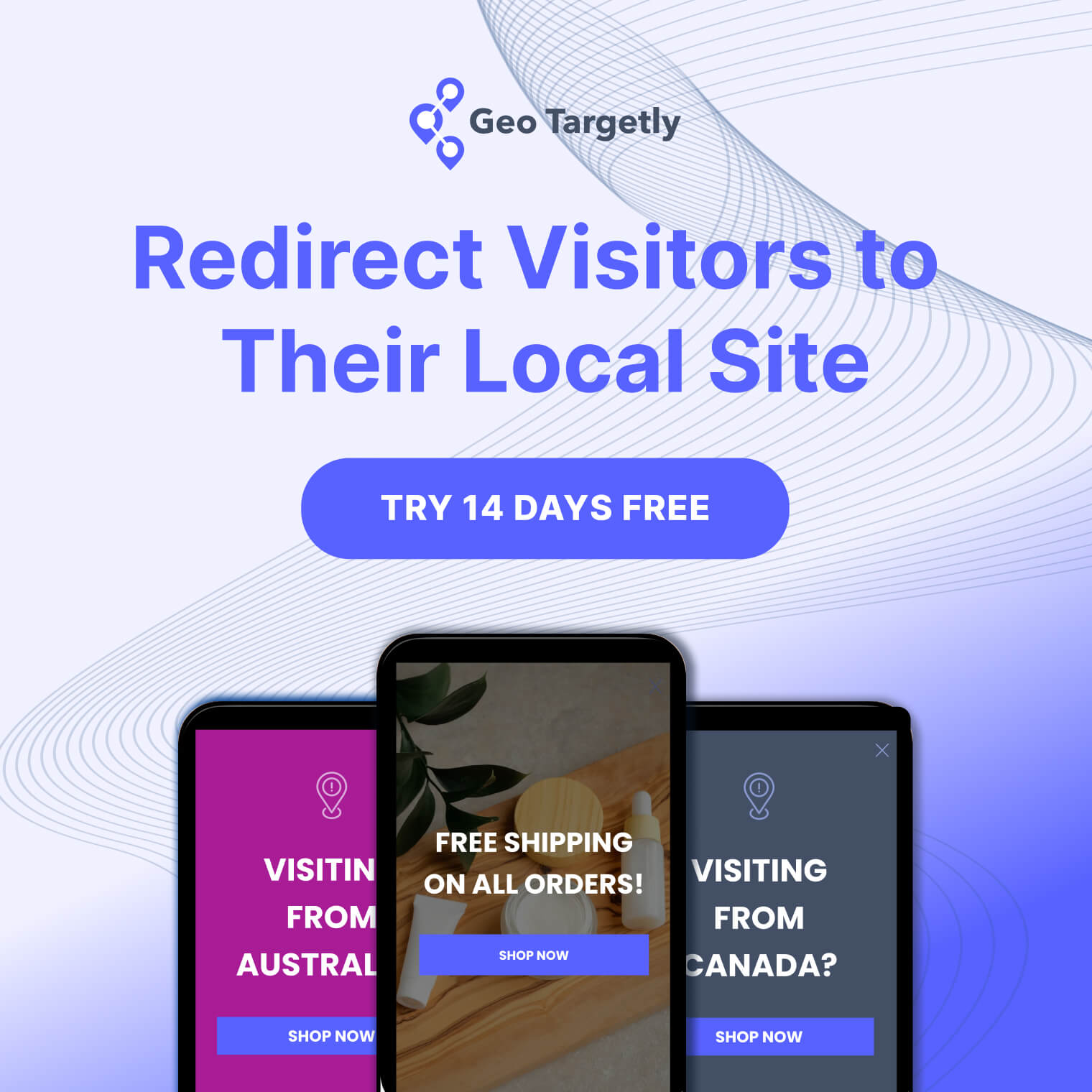

Key takeaways:
- Marketing helps nonprofits grow by building trust, raising awareness, and turning support into long-term impact – even with limited resources.
- A clear strategy keeps you focused. You don’t need to be everywhere – just where it matters most to your audience, with a message that connects.
- Storytelling is your superpower. Real stories from real people make your mission feel human, urgent, and worth supporting.
- Nonprofit marketing drives real change. When done right, it connects people to causes they care about and turns interest into action that creates lasting social impact.
- Simple tools and smart planning beat big budgets. Free platforms, repurposed content, and consistent outreach can move your mission forward faster.
In the for-profit world, marketing drives growth, attracts new customers, and boosts revenue. But for nonprofit organizations, marketing is how you reach and engage the people who believe in your mission.
Unlike commercial businesses, nonprofits often operate with tight budgets and lean teams. That makes every marketing effort count. If you're facing concerns like…
- Often working with limited resources
- Not having a full-time marketing team
- Trying to stand out in a crowded digital world where attention is scarce
…Then this guide is designed to help you overcome those challenges. Here, we’ll walk you through everything you need to know about nonprofit marketing, and by the end, you’ll be equipped with the tools and knowledge to grow your organization with confidence.
What is nonprofit marketing?
Nonprofit marketing is how you share your message and connect with people. It helps you raise money, get volunteers, and spread the word about your cause.
Unlike for-profit marketing, your goal isn’t to sell a product, it’s to make a difference. That might mean helping the environment, fighting hunger, or supporting education. Marketing helps you reach people who care about these causes.
It also helps you raise awareness, bring in donations, and keep volunteers involved. More than that, it builds strong, lasting relationships between your nonprofit and your community.
One of the most powerful tools you can use is storytelling. Sharing real stories about real people helps others feel connected to your mission. When people feel something, they’re more likely to help. Storytelling builds trust and helps your supporters feel like they’re part of the change.
Here’s a simple table to show how nonprofit marketing is different from for-profit marketing:
Why nonprofits need a strong marketing strategy
Every nonprofit needs a strong marketing strategy. Not just to be seen, but to survive and grow. As mentioned, for nonprofits, it’s how you share your mission, build trust, and inspire people to take action.
You could have the most important cause in the world, but without the right message reaching the right people, your impact stays small. A clear marketing strategy helps you make the most of your time, energy, and resources.
Here’s what it allows your organization to do:
- Increase visibility. It can help more people to discover who you are and what you stand for.
- Build trust. Consistent and honest communication shows you're reliable and worth supporting.
- Raise more funds. With the right message, people are more likely to donate.
- Recruit volunteers. When people understand your impact, they want to help.
- Strengthen partnerships. Clear branding and messaging make it easier for others to collaborate with you.
Some smaller nonprofits still believe that “marketing is only for the big guys.” That’s a myth! In reality, marketing is even more important when resources are tight. It’s because every move needs to count.
You don’t need a huge budget or a big team. Small, smart efforts like regular emails, engaging social media posts, and clear storytelling can make a big difference. At its core, marketing helps nonprofits of all sizes stand out, connect with people, and move their mission forward.
Developing a nonprofit marketing plan
A nonprofit marketing plan is a list of ideas and a strategic roadmap that can help you reach your goals, stay organized, and make the most of your limited time and resources.
Without it, marketing can feel scattered and reactive. With it, you’re focused, and able to see what’s working and what’s not. It aligns your marketing efforts with your mission and helps everyone on your team stay on the same page.
It also helps answer important questions like:
- What are we trying to achieve?
- Who do we need to reach to make that happen?
- How will we communicate with them?
Steps to creating a nonprofit marketing plan
To help you build a plan that you can use and easy to adjust as you go. Let’s break it down into clear, manageable steps.
- Set clear goals that match your mission
Before you choose tools or tactics, you need to decide what success looks like for your nonprofit. Goals keep your plan focused and help you measure results.
Start by asking: What do we need most right now?
Is it more donations? More people at events? More social media followers? Be specific.
For example, instead of saying “we want more support,” say:
“We want to increase online donations by 25% in the next 6 months.”
Good goals are SMART:
- Specific: Clear and focused
- Measurable: You can track progress
- Achievable: Realistic for your size
- Relevant: Tied to your mission
- Time-based: Has a deadline
- Understand exactly who you're trying to reach
You can’t reach everyone, and you don’t need to. You just need to reach the right people – those who care about your mission and are likely to support it.
Think about:
- Who are your donors?
- Who are your volunteers?
- Who benefits from your programs?
You can create simple profiles (called personas) for each type of audience. Include age, location, interests, and values. Don’t guess – look at past data, surveys, or even talk to people one-on-one.
This helps you write messages that feel personal, not generic. When you know who you’re talking to, you can speak in their language, use the platforms they use, and focus on what matters to them.
- Choose the right marketing channels for your goals and audience
You don’t need to be everywhere. You just need to show up where your audience already is.
Here’s how to think through your options:
- Email works great for donor updates, fundraising, and storytelling.
- Social media is good for building awareness, starting conversations, and sharing quick updates.
- Events (online or in-person) help you connect with your community in a deeper way.
- Partnerships with local groups or businesses can expand your reach fast.
- Your website should be a home base with clear info, donation options, and updates.
If you’re short on time, pick just two or three channels that give you the best return – and commit to doing them well. For example, focus on email + Instagram + community events.
- Create your message and content plan
Now that you know who you're talking to and where you'll reach them, decide what to say and how often. Your message should be simple and emotional. If you're serving multiple regions or local communities, consider using geo content to dynamically tailor your messaging based on location.
Also you can focus on:
- What your nonprofit does
- Why it matters
- How people can help
Build a basic content calendar. You don’t need to post every day. Even one post or email per week is enough if it's consistent and clear.
Repurpose your content to save time. One story from a volunteer can become:
- A blog post
- A quote graphic on social media
- A short video
- A donor email
- Track your results and adjust regularly
You need to know what’s working and what’s not. Set a monthly check-in (even if it’s just you) to look at key numbers.
Here are some common metrics to track:
When reviewing your plan, ask yourself:
- Did we meet our goals?
- What worked best? Can we do more of that?
- What didn’t work and why?
- What can we learn and apply next time?
Marketing isn’t a one-time job. It’s a cycle: test, learn, improve. Even small changes, like tweaking an email subject line or posting at a different time, can lead to better results over time.
Real-life examples of successful nonprofit marketing plans
Let’s look at a few examples to see what a good plan looks like in action:
- Charity: Water
They use clear goals, strong branding, and storytelling across their website, email, and social media. Their campaigns always focus on showing the impact of donations, often with video and real-life stories. Their results? Millions raised and thousands of new supporters each year.
- The Trevor Project
This nonprofit helps LGBTQ+ youth. They use targeted messaging on Instagram and TikTok to reach young people. Their mix of helpful content, personal stories, and strong calls-to-action has grown their following and increased donations.
- Feeding America
They use data to track every campaign. Their email campaigns are simple, direct, and show clear results. They test subject lines, measure open rates, and adjust often. Over time, this helped them raise more money and get more support during crisis events like COVID-19.
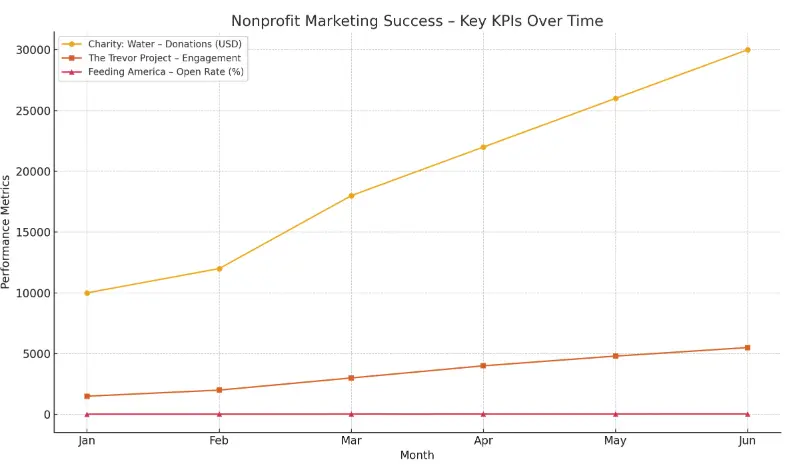
Nonprofit marketing strategy: Key components to consider
To create a strong strategy, you need the right building blocks – the key pieces that make your message clear, your plan focused, and your impact stronger.
If you skip these, even the best tools won’t get you far. These core parts help make sure your marketing speaks to the right people, tells the right story, and drives real action.
Let’s break them down one by one.
Understanding your audience and their needs
To connect with people, you need to understand them. That means going beyond just knowing they care about your cause – you need to know why they care and what they need from you.
Start by creating simple audience profiles (also called personas). These are short, fictional summaries that describe different types of people you want to reach. For example:
- Sarah, the Donor – She’s 40, has a full-time job, and gives to causes that focus on children. She wants clear proof that her money is making a difference.
- David, the Volunteer – He’s a college student with free time on weekends. He wants to help locally and meet people who care about the same things.
- Maya, the Partner – She works at a local business and is looking for ways to give back and boost her company’s local presence.
You can build these personas using past data (like surveys, social media insights, or CRM reports), and even quick interviews. The more specific you get, the more your messages will hit home.
Branding for nonprofits: Telling your story
Your brand is how people feel when they hear your name or see your work. A strong brand tells a clear story – who you are, what you do, and why it matters.
Nonprofits have a powerful edge: you’re solving real problems. Whether you’re helping animals, supporting families, or protecting the environment, your cause is the story.
Use storytelling to bring your mission to life. This means sharing:
- Real stories about people you’ve helped
- Behind-the-scenes moments of your work
- Messages that show both the problem and the progress
One great example is Charity: Water. They use clean, bold visuals, short videos, and powerful stories of people getting clean water for the first time. Every post or email keeps the story going and keeps supporters engaged.
You don’t need a big team to do this. A photo with a short caption from a volunteer or a thank-you message from someone you’ve helped can be just as powerful.
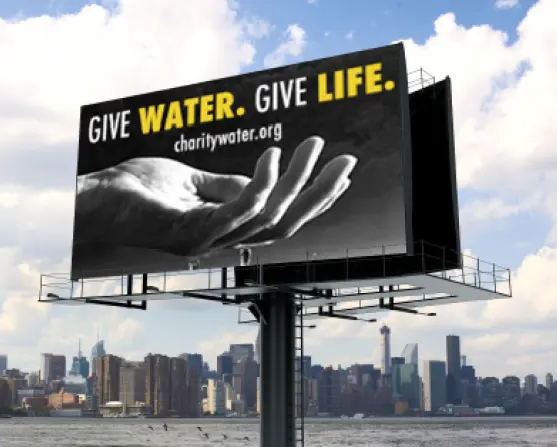
Nonprofit content marketing and nonprofit social media marketing
Content marketing is about creating useful, engaging material that draws people in. This includes blog posts, videos, graphics, social posts, and emails.
For nonprofits, your goal is to build trust and invite people into your mission. But content still needs to be done well, even on a budget.
Here’s how:
- Make it personal. Show real people and real results.
- Keep it simple. Don’t overload with stats – one clear story goes further.
- Be consistent. Even one post a week is enough if it’s done regularly.
- Use content you already have. Repurpose old blog posts into emails. Turn event photos into Instagram posts. Reuse, reframe, repeat.
Social media is often the first place new people find you, and where supporters keep up with your progress. It’s okay to focus on just one or two platforms if that’s all you can manage. Use the platform where your audience is most active.
Note: Unlike for-profit brands, you may not have big budgets or full-time content creators. That’s okay. Focus on quality, not quantity.
Digital marketing strategies for nonprofits
Even with limited money, you can still do powerful digital marketing. It just takes smart choices and simple tools.
Start with SEO (Search Engine Optimization). Make sure your website has:
- Simple, clear page titles
- Real words people search for (like “animal shelter near me” or “volunteer in [your city]”)
- Clear calls-to-action on every page (like “Donate now” or “Join us”)
Next, use Google Ads for Nonprofits – a free ad grant of up to $10,000/month. It lets you show your site on Google when people search for causes like yours. You’ll need to apply, set up simple ads, and track what works.
Social media ads (like Facebook or Instagram) can also work well – even with $50–$100. Start small. Test one message, one audience, and one goal (like clicks to a donation page). Use eye-catching visuals and keep your ask clear.
Example: The World Wildlife Fund used short Facebook videos to show the impact of their conservation work. Each post linked to a simple donation page. Even low-cost campaigns brought in strong results.
Nonprofit email marketing: building relationships and driving action
Email is still one of the best ways to reach your supporters, build trust, and inspire action. It doesn’t cost much to do it well.
Unlike social media, where posts can be missed or buried, email goes straight to someone’s inbox. If they’ve signed up for your list, that means they already care. Now it’s your job to keep them engaged, informed, and inspired.
You can use email to:
- Share updates and stories
- Ask for donations
- Thank your supporters
- Invite people to events
- Show the impact of your work
The key is to make each message feel personal, like it’s coming from a real person, not a robot or a marketing team.
Best practices for nonprofit email marketing
- Write like a human. Use plain, friendly language. Imagine writing to one person, not a big group. Keep your emails short and easy to scan. Break up big blocks of text.
- Personalize when you can. Use their name. Mention past donations or actions if possible. Even small touches make a big difference.
- Segment your email list. Not everyone needs the same message. For example: Send event invites to people in your city, send thank-you emails to recent donors, send volunteer requests to people who’ve helped before. Most email tools (like Mailchimp or ConvertKit) make this easy to set up.
- Use strong calls to action (CTAs). Tell people exactly what to do next, and make it easy. Instead of “Click here,” say “Donate now to help one more family.” Put the button or link near the top and the bottom of your email.
- Keep a regular schedule. Once a week or once a month – whatever works for you. Just be consistent. Your supporters will get used to hearing from you and start looking forward to your emails.
Examples of successful nonprofit email campaigns
- Save the Children. They use short emails with powerful images and a clear story. One campaign showed a child helped by a donation, followed by a simple ask: “$10 can help one more.” They saw high open and click rates because the message was direct and emotional.
- Team Rubicon. This nonprofit sends regular updates to supporters during disaster responses. Their emails include real-time stories, short videos, and updates from the ground. The subject lines are often urgent but clear, like “We just landed in Florida. Here’s what’s next.”
- Heifer International. They run seasonal email campaigns tied to holidays and global events. One campaign let people “give a goat” to a family in need as a gift. It included gift cards, shareable graphics, and thank-you messages – all in a 3-email sequence.
These emails worked because they felt real, focused on one message at a time, and made it easy to take action.
How to measure email marketing success
Most email platforms show you key email metrics right on the dashboard.
Here’s what to watch:
- Open rate – How many people opened your email
- Click-through rate – How many clicked a link inside
- Conversion rate – How many took the action you asked for (like donating or signing up)
- Unsubscribes – If a lot of people leave your list, your content may not be working
Use this data to test and improve your emails. Try different subject lines. Change the layout. Test plain text vs. images. Over time, you’ll find what your audience responds to best.
Best nonprofit marketing campaigns: inspiration and lessons
The best nonprofit campaigns are simple, emotional, and easy to share. They don’t need big budgets. It just needs to have strong messages that move people to act.
Looking at what’s worked for other nonprofits can give you new ideas and help you avoid guesswork. Below are some standout campaigns and what made them so successful.
ALS Ice Bucket Challenge
This campaign went viral in 2014 and raised over $100 million for ALS research. It worked because it was:
- Fun – People enjoyed dumping ice water on their heads.
- Shareable – Videos spread fast across social media.
- Clear – Each video ended with a call to donate and challenge others.
Lesson: Keep it simple and easy to join. If people can take part in seconds and share it with friends, it can grow fast.
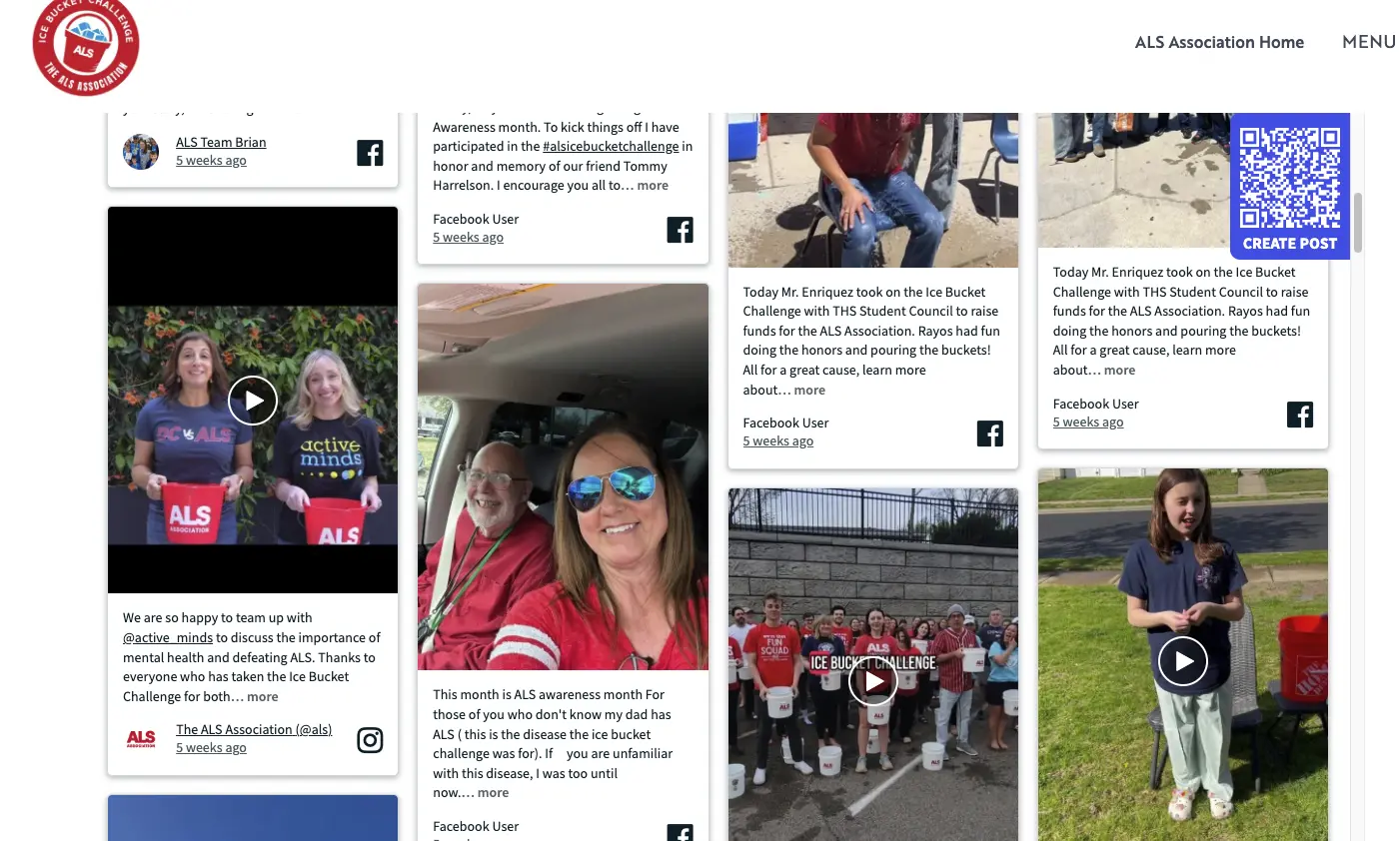
#GivingTuesday
Started in 2012, #GivingTuesday has become a global movement. It encourages people to give back the Tuesday after Black Friday.
Nonprofits that use it well:
- Plan email and social media campaigns weeks in advance
- Share stories of impact leading up to the day
- Offer donation matches or special goals
Lesson: Timing matters. Tie your message to moments when people are already thinking about giving. Use clear deadlines to build urgency.
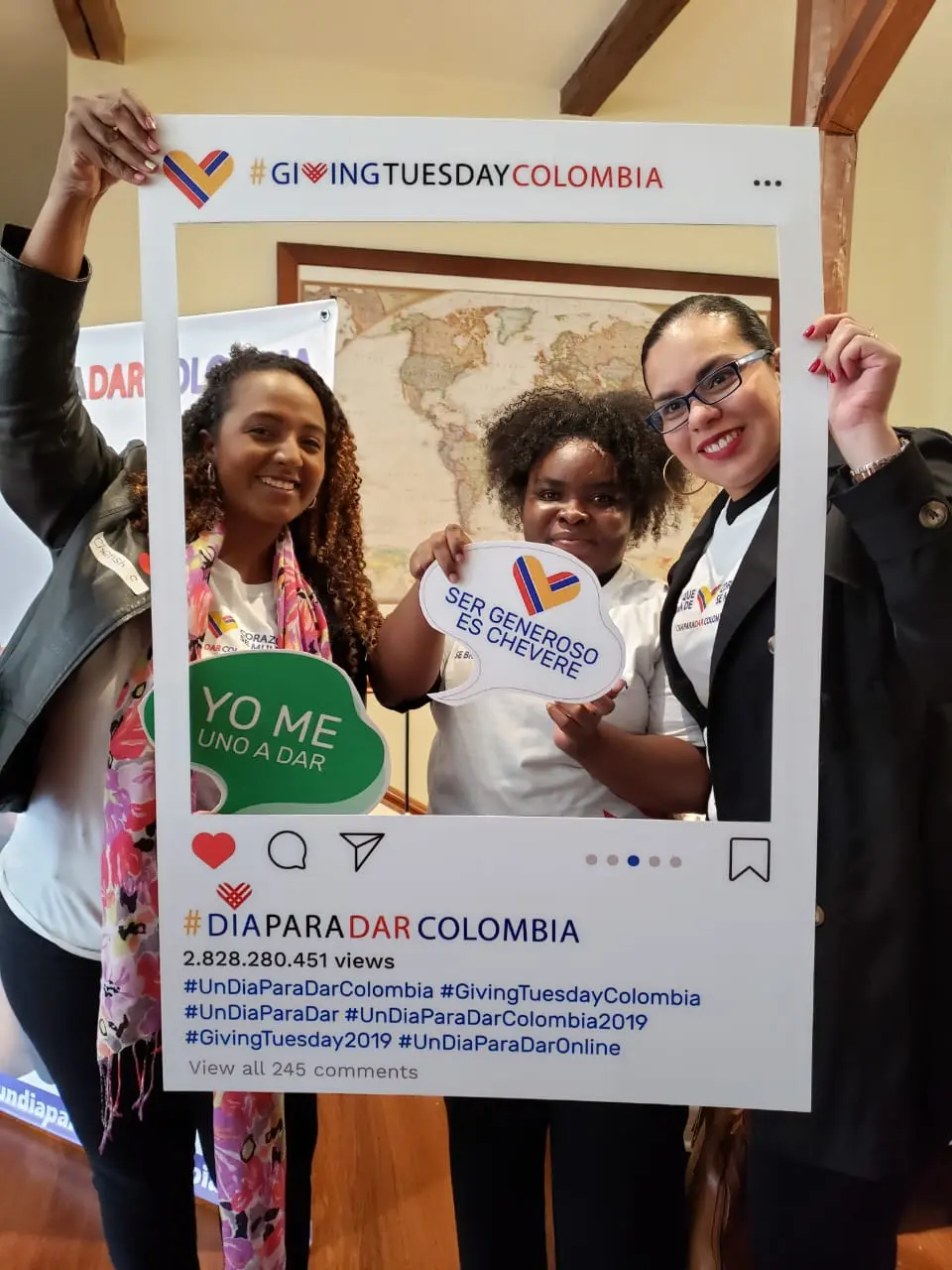
Love Has No Labels – Ad Council
This campaign used a powerful video that showed people behind an X-ray screen. Viewers couldn’t see race, gender, or age – just the way people loved each other. The message was about inclusion and love.
The video went viral and reached over 160 million people.
Lesson: One strong video with a powerful message can do more than a dozen average ones. Focus on emotion and keep your message focused.
Charity: Water Birthday Campaigns
Charity: Water asks supporters to give up their birthdays and ask friends to donate instead. They provide personal fundraising pages, stories to share, and simple tools. Thousands have joined – from kids to celebrities.
Lesson: Make it easy for people to fundraise on your behalf. Give them the tools, the message, and a reason to care.
Want to learn from these campaigns?
Here are a few things they all had in common:
- A strong emotional hook
- A simple ask
- Easy ways to share or join in
- A sense of community
If you can include even two of these in your next campaign, you’re already on the right track.
Challenges and solutions for nonprofit marketing
Marketing a nonprofit isn’t easy, especially when you’re short on money, staff, or time. But with the right tools and mindset, you can overcome it. Let’s look at the most common challenges you may face, and how to solve them in simple, effective ways.
Overcoming budget constraints
The challenge: You want to grow your nonprofit, but your budget is small or stretched thin.
The solution: Focus on low-cost or free tools and platforms that deliver the most value.
- Use Google Ad Grants. If you're eligible, you can get up to $10,000/month in free Google search ads. It’s a great way to drive traffic to your donation or event pages. Learn more and apply through Google for Nonprofits.
- Design with free tools. Canva is perfect for making social posts, flyers, and email graphics. Their free version includes templates made for nonprofits.
- Automate wherever you can. Use free or low-cost tools like Mailchimp (for email), Buffer (for social scheduling), and Google Analytics (to track what’s working). Automation saves time and helps you do more with less.
- Ask for in-kind help. Local businesses, freelancers, or even college students might be willing to donate time or services – like graphic design, video editing, or social media support.
Time management for small teams
The challenge: You wear many hats. There’s never enough time to focus on marketing.
The solution: Keep it simple and focus only on high-impact actions.
Start by creating a basic monthly marketing schedule. It doesn’t have to be perfect, just consistent. For example:
- Week 1 – Send an email newsletter
- Week 2 – Post a story on social media
- Week 3 – Share a volunteer spotlight
- Week 4 – Prep next month’s content
Use content you already have. Turn one volunteer story into a blog, email, and three social posts. Repurpose instead of starting from scratch every time.
Batch your work. Block 1-2 hours a week to write posts, schedule emails, or check analytics. Focused time beats multitasking every time.
Delegate. If you have staff or volunteers, share small tasks. You don’t have to do everything yourself.
Navigating changing algorithms and trends
The challenge: Social media algorithms keep changing. SEO rules shift. What worked last year may not work today.
The solution: Stay flexible, test often, and build your own channels.
- Don’t rely only on social media. Platforms change. Build an email list – it’s one of the few channels you truly own.
- Keep learning, but don’t stress! Follow one or two trusted sources (like HubSpot, Nonprofit Tech for Good, or Google’s own blog) to stay updated.
- Test small changes. Try different post times. Switch your CTA. Shorten or lengthen captions. You’ll see what your audience prefers.
- Focus on your audience, not the algorithm. If your content is useful, emotional, and relevant, it will still find the right people, especially if you’re using geo-targeted content.
Grow your mission with confidence
Marketing is a must if you want to grow, raise funds, and make a bigger impact.
With the right plan, even a small team with a tight budget can build strong relationships, share powerful stories, and bring more people into your mission. You don’t need to be perfect.
You just need to be clear, consistent, and focused on what matters most, which is reaching the right people and showing them why your work matters.
Now it’s time to put it into action.
Start small. Choose one goal. Send one email. Post one story. Then build from there.
And if you want to take things further, Geo Targetly can help your nonprofit reach the right people based on location, whether you’re targeting local donors, global volunteers, or community partners. You have everything you need to start – and now is the best time to do it!
FAQs
What are the three pillars of nonprofit marketing?
The core pillars are clear messaging, knowing your audience, and choosing the right channels to reach and engage them effectively.
How do you promote a nonprofit business?
Share your mission through storytelling, engage your community on social media, send emails, host events, and build local partnerships.
Do nonprofit organizations engage in marketing?
Yes. Nonprofits use marketing to raise funds, attract volunteers, share their mission, and build lasting relationships with supporters.

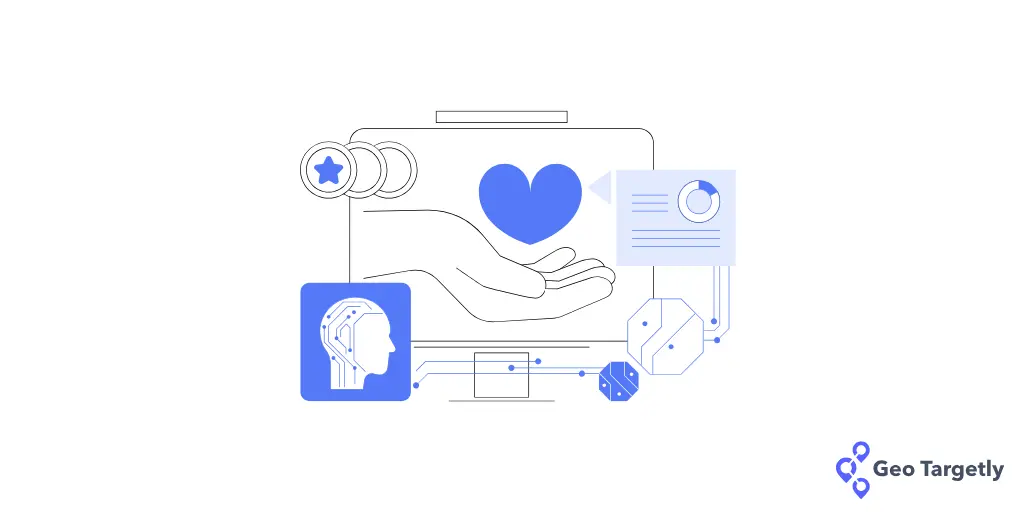



.webp)



